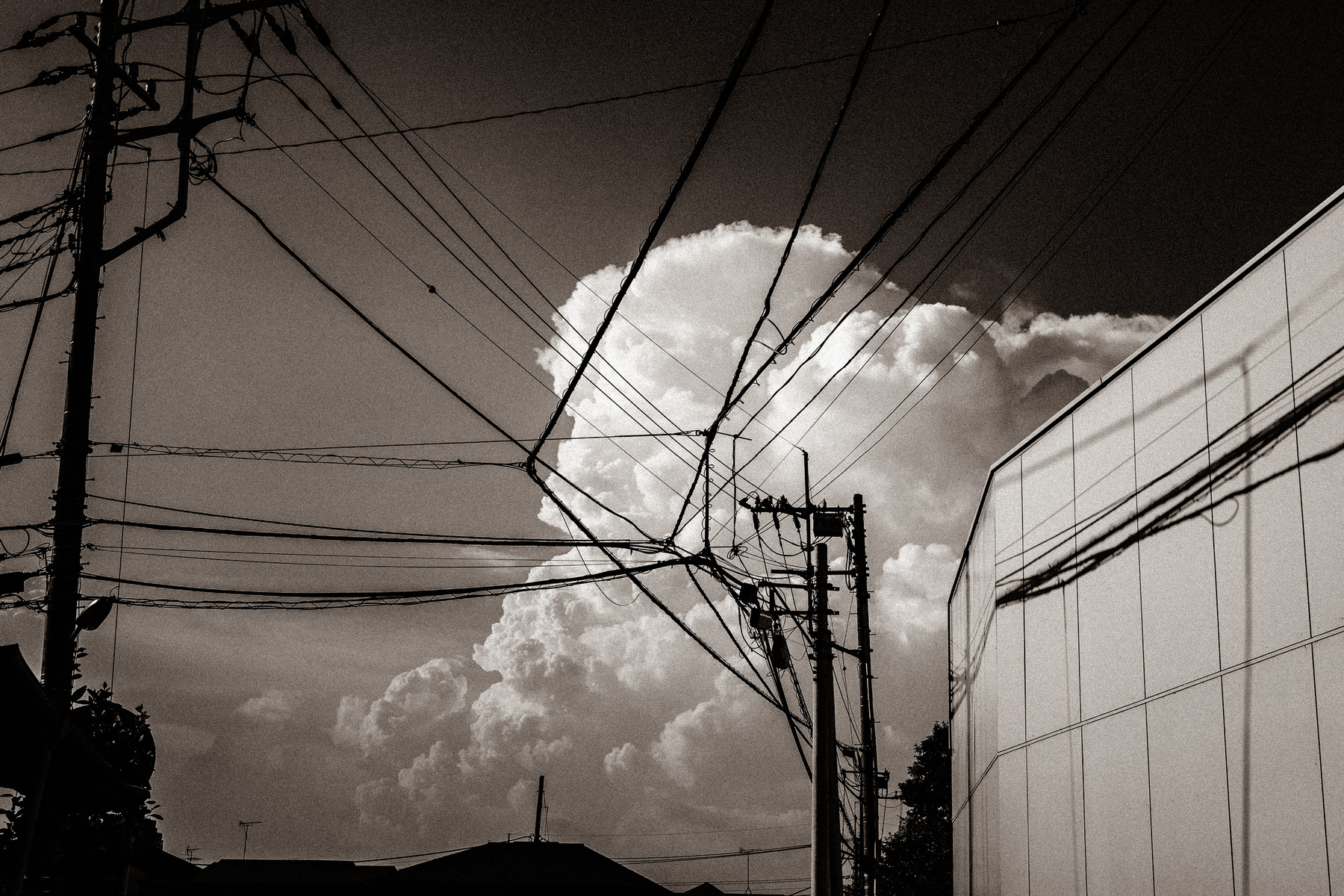Convergence Factor: Micro
Convergence Factor: Micro
Somewhere in Japan № 43: The Summer Trope

35°44'7.3536"N 139°36'50.4606"E
Cumulonimbus clouds, gaining height in the haze-attenuated blue of the late-summer sky, growing taller as the afternoon passes. Trees cast stark shadows on the dusty ground while wearing the dark green hues of August. Later, it will rain, but for now the sun inundates everything, just as the aggregate calls of hundreds of cicadas saturate the air.
This is the peak of the season, a crescendo of heat, humidity, and natural noise, a fever pitch of seasonal intensity preceding the prolonged transition into autumn’s gentler tones.
This period lasts for but a handful of weeks. And despite the oppressive weather, it has a particular appeal, an atmosphere of sufficient aesthetic weight to make it a preponderant cultural trope.
Take, for example, the way it is commonly used to set the summer scenes in animation. The skies and the clouds, the sun-drenched trees and the deep shade beneath them—all the elements are there. Even the sounds of specific species of cicada are used to evoke particular moods.
Hyalessa maculaticollis, min-min zemi in Japanese, with its name containing the onomatopoeia of its own call, makes a sound easily associated with the intensity of midday heat. Tanna japonensis, on the other hand, called higurashi, calls mostly in the evening, its melancholy song echoing the ephemerality of both the season and of its own life.
It is a season for the seaside and the mountain stream. A season for eating ice pops while walking over the blistering asphalt of country roads fringed with green foxtail, the green of which has begun to fade to brown.
It is a season in which all is briefly held in suspension, the conditions and temporalities informing the impermanence of everything, imploring us to appreciate what we have while it’s still with us.

Recommended links:
- The sound of the min-min zemi
- The sound of the higurashi
- A video about the use of these sounds in Japanese animation, featuring some samples from different series
Sources consulted:
- https://features.japantimes.co.jp/cicada/
- http://yabai.com/p/3326
- Hyalessa maculaticollis on Wikipedia
- Tanna japonensis on Wikipedia